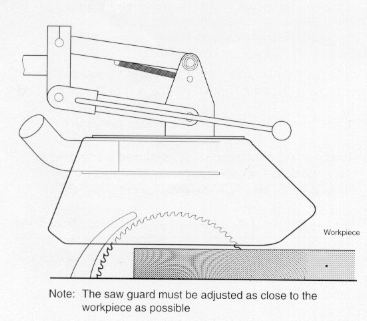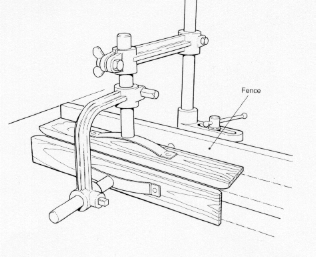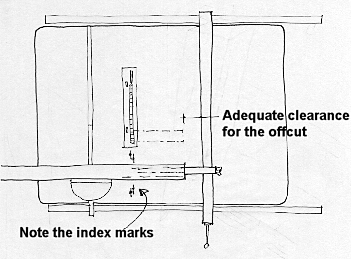

The easily-adjusted overarm-supported guard illustrated offers a very worthwhile (albeit no doubt costly) model (extracted from Woodworking Sheet No16 (rev) of the British Health and Safety Executive).
Note the provision for dust extraction. Chips carried round by the blade impair the finish of the cut.


This is a 'Shaw Guard', (illustration also from this HSE sheet) sometimes available as an add-on for professional quality sawbenches. Some models can be fixed directly to the fence. The pressure pad dimensions will need to vary according to the job in hand.
Its function is to form a tunnel guard for use while grooving or rebating, but it is not difficult to see why its requirement will not be popular for workers who use the saw for a variety of cuts. For these tasks, a router table will probably be a far better device.
Efficiently feeding short workpieces of small cross-section can be quite difficult.
Since modern saws blades are used for cutting to fairly precise dimensions, workers do frequently want to make a precise cut aligned with a knife line or pencil mark. For people who generally use only one blade, a very useful dodge can be to accurately indent the table near its front edge with at least one pair of marks, one in line with each side of the teeth.

For guarding work involving grooving, rebating and other jobs that require the removal of the riving knife and crown guard, please seeFences.